GEWISS Sockets
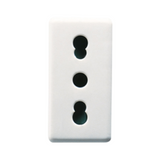

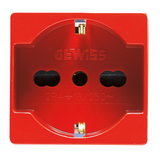
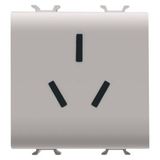


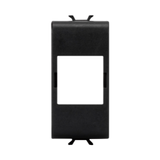
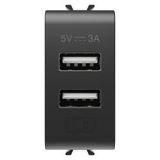

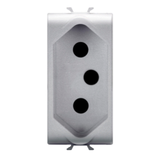
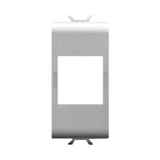
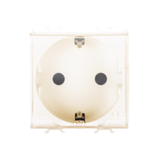


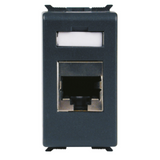

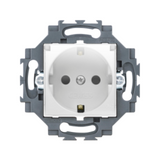
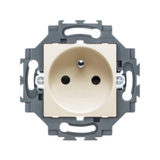

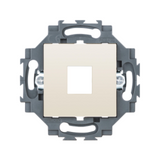
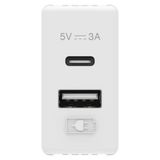

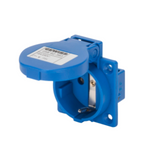
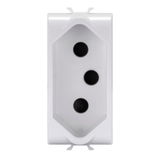

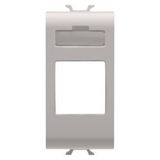


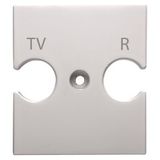
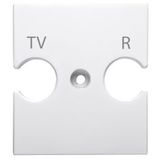
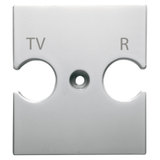



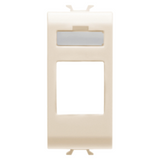
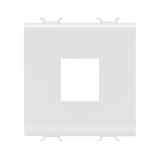
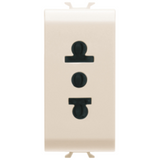
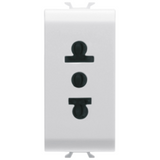

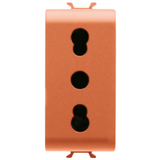

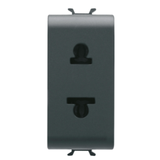
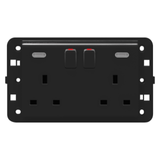

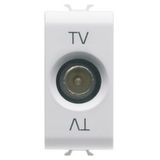
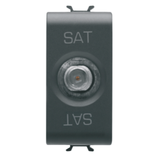
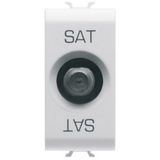

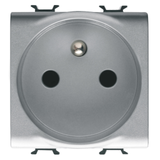
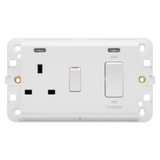

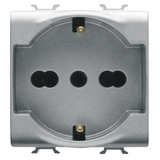
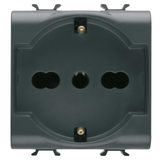
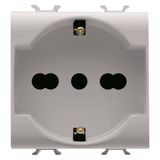
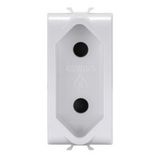

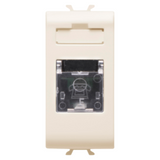
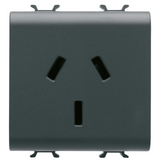

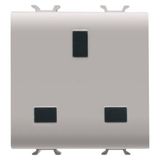
In practically every electrical installation the point‑of‑use outlet is one of the most often used, yet often least scrutinised devices. The GEWISS socket‑outlet family covers everything from general purpose power sockets, Schuko type, modular wiring systems, industrial connections, waterproof outdoor boxes and flush‑mounted solutions. Having worked on panel installations, machine room wiring, and large building fit‑outs, I’ve found that choosing the correct socket type and system early saves service calls, reduces mismatches and improves long‑term reliability.
GEWISS Power Sockets – General Purpose and Domestic Applications
When you’re wiring general lighting, appliance circuits or standard power outlets, you’ll select GEWISS power sockets. For example, the model GW20265 is a German standard socket‑outlet 2P+E, 16 A @ 250 V AC, 2 modules, in the SYSTEM WHITE range.
In installation practice: you’ll check whether it needs child‑protection shutters, whether it fits your mounting box (flush or surface), the rating (16 A or 10 A) and whether the face‑plate system is uniform across the room. Choosing GEWISS across sockets means spares, plates, and support modules align.
GEWISS Schuko Sockets – Earth‑Contact & European Standard Outlets
In many European countries you’ll specify GEWISS Schuko sockets (earth‑contact type outlets) for appliance circuits. The German standard socket‑outlet mentioned above (2P+E, 16 A) supports this.
From a procurement standpoint: you’ll check whether the outlet has built‑in safety shields, the conductor terminal types, voltage rating, cable size rating, and that it matches the local standard (CEE7/4 etc). Using GEWISS Schuko sockets ensures consistent finish, specification and spares across the building.
GEWISS Modular Sockets & Switchgear System Integration
When you’re working with a modular wiring‑device system—switches, sockets, data sockets all within the same face‑plate family—you’ll turn to GEWISS modular sockets. The SYSTEM WHITE and other GEWISS ranges allow mixing sockets, switches and modules on the same plate.
From field experience: wiring rooms with mixed device types (USB sockets, power sockets, data) becomes much simpler when the same brand module system is used throughout. It reduces interruptions, simplifies stock and makes servicing quicker.
GEWISS Industrial Sockets & Waterproof/Outdoor Rated Solutions
For industrial installations, machine rooms or outdoor use you’ll use GEWISS industrial sockets or GEWISS waterproof sockets. For example: the IEC 309 HP and other GEWISS ranges offer socket‑outlets from 16 A to 125 A, with protection ratings IP66/IP67/IP68, designed for heavy duty use.
In practice: you’ll check current rating (16 A, 32 A or higher), pole configuration (2P+E, 3P+N+E), voltage, IP rating, whether the unit is interlocked or surface‑mounted, cable entry type and durability. Selecting GEWISS industrial sockets means you’re aligned with a system that supports harsh environments and long lifecycle.
GEWISS Flush‑Mounted Sockets – Clean Finish for Interior Fit‑outs
In modern interiors—offices, hotels, residential builds—you’ll often prefer GEWISS flush mounted sockets where the socket is mounted within the wall box, behind a trim or plate, for a clean aesthetic. The GW20265 example above is flush‑mounted.
From installation wisdom: flush mounting means you check box depth, tile thickness or plasterboard detail, face‑plate alignment, whether the socket supports dual modules, and that the services are coordinated with wall finish. Specifying GEWISS for flush sockets ensures uniform face‑plate range, spare modules and aesthetics.
Procurement Insights for Wholesale Buyers
When purchasing GEWISS sockets in bulk for commercial, residential or industrial builds, procurement teams often compare:
- Current/voltage rating and standard (16 A/250 V, 32 A/380–415 V, etc.)
- Module width and compatibility with plate system (e.g., 2 modules, 3 modules)
- Finish, brand consistency, spare module availability
- Environmental rating: indoor only vs IP55/IP66 for outdoor or industrial use
- Mounting type: surface vs flush, box compatibility, depth, wiring access
- Stock and delivery: sockets often installed late in build; delays in delivery mean delays in hand‑over
- Brand ecosystem: using GEWISS across switches, sockets, modular devices simplifies training, documentation and spares
From on‑site experience: a job where sockets arrive but the face‑plates don’t match or the modules are different brand leads to re‑order, extra labour and delays. Specifying one brand like GEWISS across the scope avoids those issues.
Closing Note on Supply
Bank of Lamps supplies the full range of GEWISS sockets—power sockets, Schuko types, modular sockets, industrial/outdoor waterproof sockets and flush‑mounted interior sockets—from our central warehouse in Latvia. We serve B2B clients, electrical contractors, panel‑builders and facility managers across the UK, Germany, Netherlands, Baltics, France, Spain and Belgium. With strong stock, flexible bulk order capability and logistics tuned for professional installations, you can focus on wiring and commissioning rather than chasing missing parts.